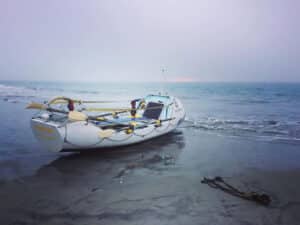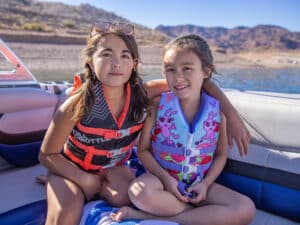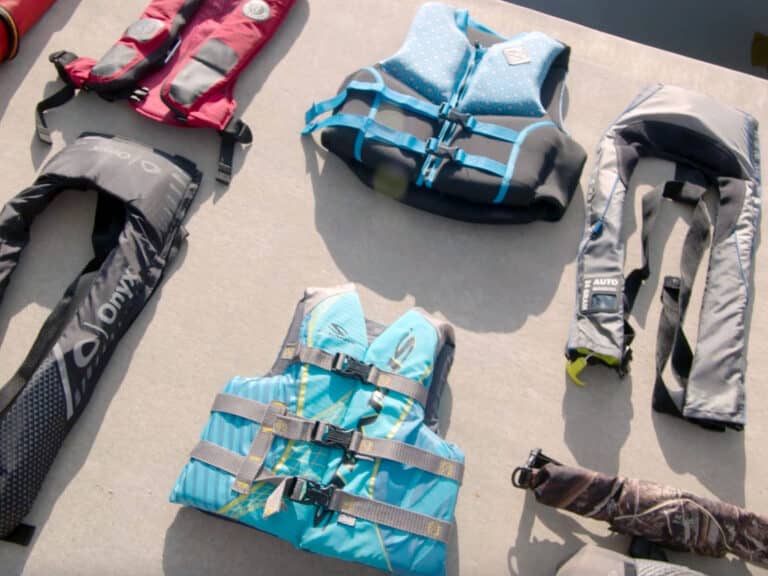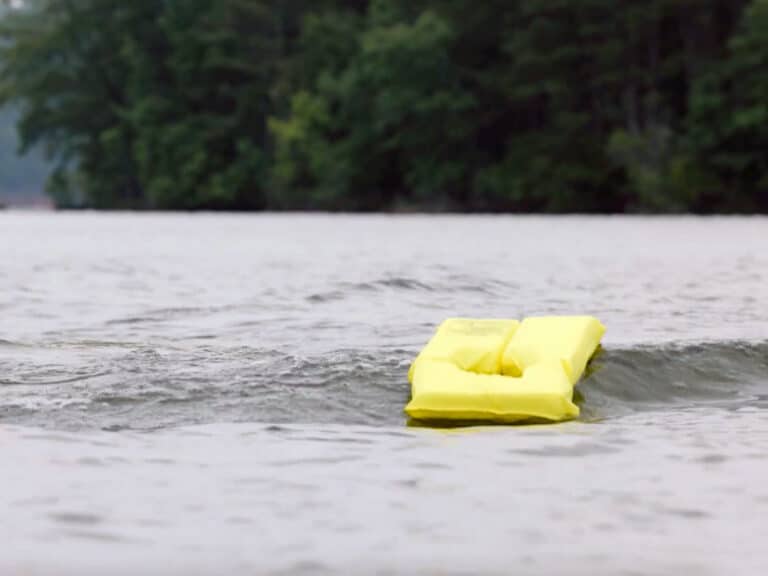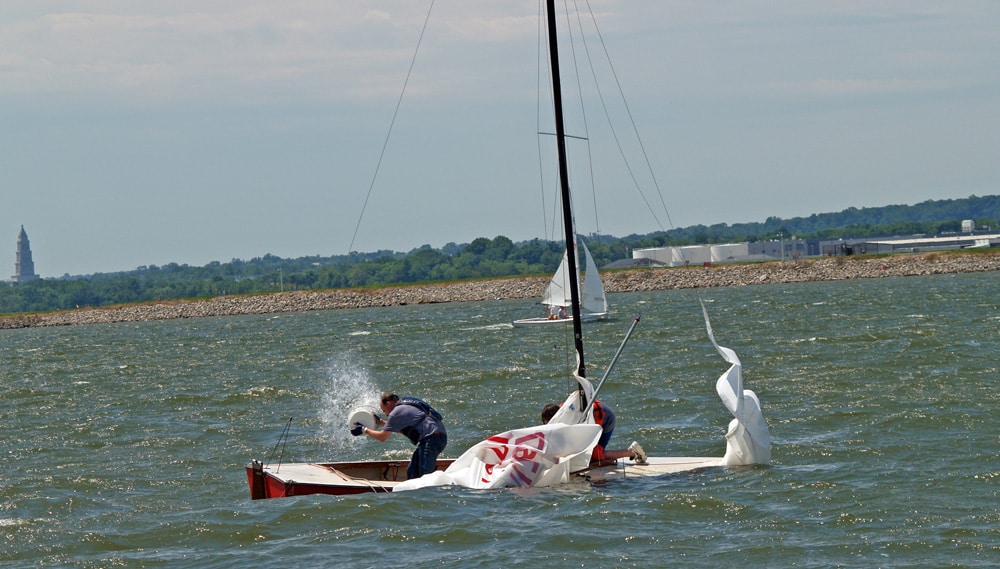
Many of us still remember this tragedy: in March 2009, a 21-ft. powerboat carrying four friends, two of them NFL professional football players, capsized in a storm off the Florida Gulf Coast while being buffeted by 10 ft. waves and winds up to 45 miles per hour. Only one of the four survived. He was found wearing a life jacket and sitting on top of the hull of the overturned boat. These two actions saved his life.
Capsizing is a leading cause of recreational boating deaths and injuries, and weather is often a contributing factor. But overloading and inexperience at the helm can also put a vessel in danger of overturning, especially in smaller craft that can be adversely affected by load, wind and water conditions.
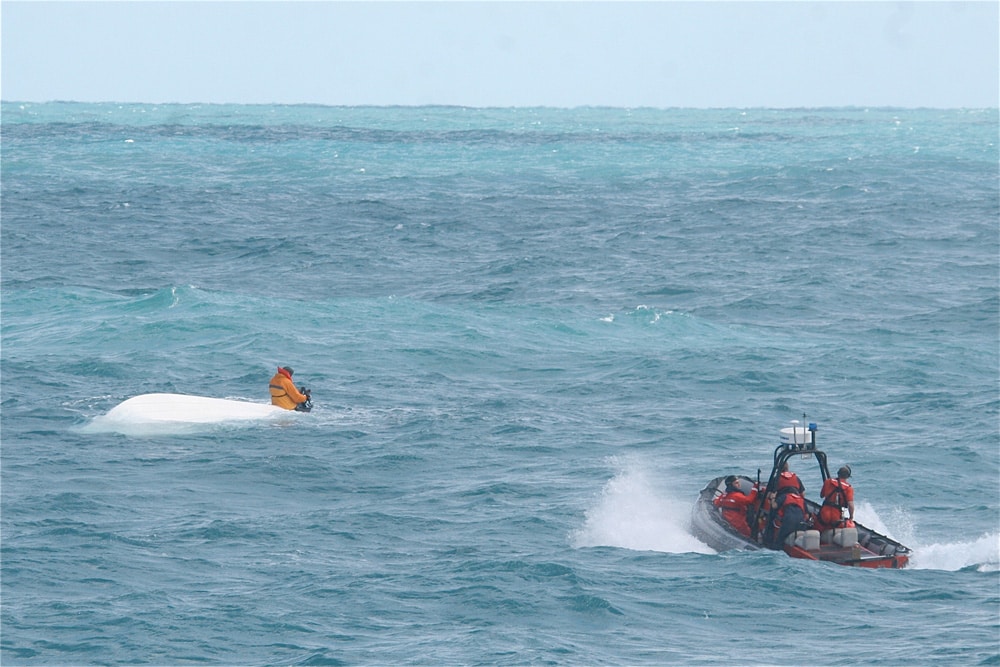
You can reduce your risk of capsizing by practicing good seamanship. That means don’t overload the boat, learn to distribute gear and passengers evenly for greater stability, turn the boat at controlled speed(s), never anchor from the stern, and be alert for the wake and waves of other boats. If you encounter a large wave slow down and try to take it head on or at a slight angle. Don’t try to power through.
Safe boating on any body of water means having the proper safety equipment and staying alert to changes in the weather. Make extra life jackets, signaling devices and other emergency equipment part of a “ditch bag” that you keep on board. Be sure that you and your passengers wear a life jacket at all times. If you boat far from shore, consider getting an Emergency Position Indicating Radio Beacon (EPIRB). These devices – many of them equipped with automatic releases and an internal GPS – can alert rescue personnel to your emergency and provide your precise location.
If your vessel does capsize, make sure everyone is accounted for and stays with the boat. Don’t panic and try to swim for shore. A capsized vessel may recover on its own and most trailer-sized vessels will remain afloat, even when flooded or over-turned.
If you don’t have an EPIRB on board, staying with the boat can help the Coast Guard find you using the Search and Rescue Optimal Planning System (SAROPS), advanced computer technology that takes into account weather conditions, patterns of currents, your vessel’s departure point (assuming you’ve left a float plan with someone ashore – as you should) and other available information to identify locations where you are most likely to be. This is especially important at the beginning of a search in those critical first few hours.
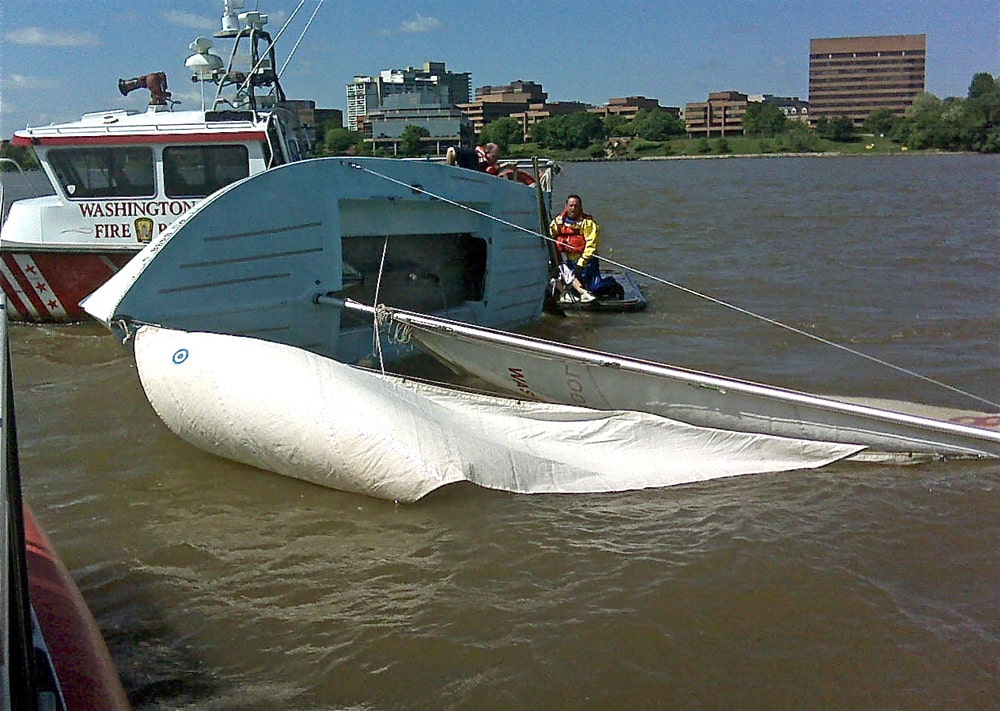
If your boat is small, try to turn it upright and bail it out. Small sailboats, like the Sunfish, may capsize many times due to wind gusts or operator error, but by standing on the centerboard they can be brought upright – one of the many important skills taught in sailing classes. If you can’t right your vessel, you and your passengers should try to get as much of yourselves as possible onto the hull. Never swim away from a capsized boat unless it is drifting directly toward a hazard. It’s the largest and most visible object in the water; that’s what you stick with.
In 2009, capsizings resulted in 180 boating deaths and 220 injuries. Practice good seamanship to reduce your risk. But if it happens, know what to do to ensure that you and your passengers get back safely.
The U.S. Coast Guard is asking all boat owners and operators to help reduce fatalities, injuries, property damage, and associated healthcare costs related to recreational boating accidents by taking personal responsibility for their own safety and the safety of their passengers. Essential steps include: wearing a life jacket at all times and requiring passengers to do the same; never boating under the influence (BUI); successfully completing a boating safety course; and getting a Vessel Safety Check (VSC) annually from local U.S. Coast Guard Auxiliary, United States Power Squadrons(r), or your state boating agency’s Vessel Examiners. The U.S. Coast Guard reminds all boaters to “Boat Responsibly!” For more tips on boating safety, visit www.uscgboating.org.



